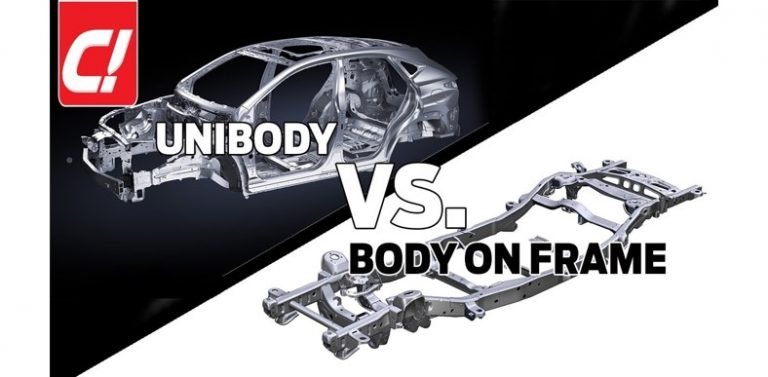Richard Green, national director of the South African Motor Body Repair Association (SAMBRA), says many motorists believe the engine is a vehicle’s toughest attribute when, in fact, the chassis is where the true strength lies – in collisions especially.
The chassis is best described as the vehicle’s frame onto which its many parts are mounted.
Did you know, for example, that even car seats mount directly to the chassis? The bigger the vehicle the stronger the chassis needs to be on which to fasten the parts. Trucks, for example, are made up of thousands of parts.
The engine of the vehicle is bolted into the chassis too and the various body panels also bolted in to hold their shape.
“The chassis, often overlooked as the ‘powerhouse’ of vehicle design, endures incredible stresses and strains on a day-to-day basis. For example, it has to cope with the movement of the wheels, carry the weight of the body, fuel and passengers and take some serious knocks from road hazards,” Green says.
“But the most important aspect of chassis design is protecting life – the chassis must absorb and distribute crash energy to help a car to stay in one piece and preserve the shape of the driver and passenger cabin.
“Not to downplay the importance of other safety features, like airbags, braking systems and seat belts, but the chassis is a very important safety structure.”
Green adds that while a chassis is fundamental to safety, in a serious accident its ability to absorb the impact will not guarantee the occupants walk away unscathed, but it can increase their chances of survival.
Two types of chassis most used:
• Ladder-style body-on-frame chassis
• Unibody chassis
“A body-on-frame chassis is often made from square steel tubing welded together to form an extremely strong framework,” Green explains. “This type of chassis is predominantly used for bakkies, SUVs and trucks, but classic cars are also known to use a body-on-frame chassis to support their powerful engines and heavy weight.”
The unibody chassis, on the other hand, is used for light passenger vehicles and weight reduction.
“A unibody chassis is not an independent frame, instead it is made from stamped metal sheets and body parts connected together. The metal sheets, welded, bolted, glued and screwed together, give the chassis the strength that it needs. Also, parts of this type of chassis can be made of aluminium, steel, carbon fibre or reinforced plastic.”
What can go wrong with a chassis?
Green says outside influences are the biggest culprits of damage to a chassis. These can include:
• Corrosion is often seen in vehicles in high-moisture coastal areas. It is particularly damaging because it can go unnoticed for years. Corrosion deteriorates a chassis’ strength and rigidity over time.
• While today’s vehicles are designed with crumple zones, a serious impact could render a chassis unfixable.
• Off-road enthusiasts should be aware that this type of driving can crack a chassis and that this damage can also go unnoticed for a long time.
• Often when people buy secondhand cars they do not enquire about or check the health of the chassis. This could be a costly mistake.
• Second hand vehicles that have been written off previously by an Insurer could also find their way back into the used car market. The sub-standard repairs that occur in this instance could render the chassis unsafe.
“Rather be safe than sorry. A damaged chassis directly affects the ability of your car to absorb the impact of an accident as effectively as it should. If you feel the chassis of your car has been compromised in any way, visit a SAMBRA accredited workshop and have them conduct a simple laser test to check for vulnerabilities – it could save lives,” he concludes.
Picture: Unibody vs Body on Frame Source: C!Magazine


